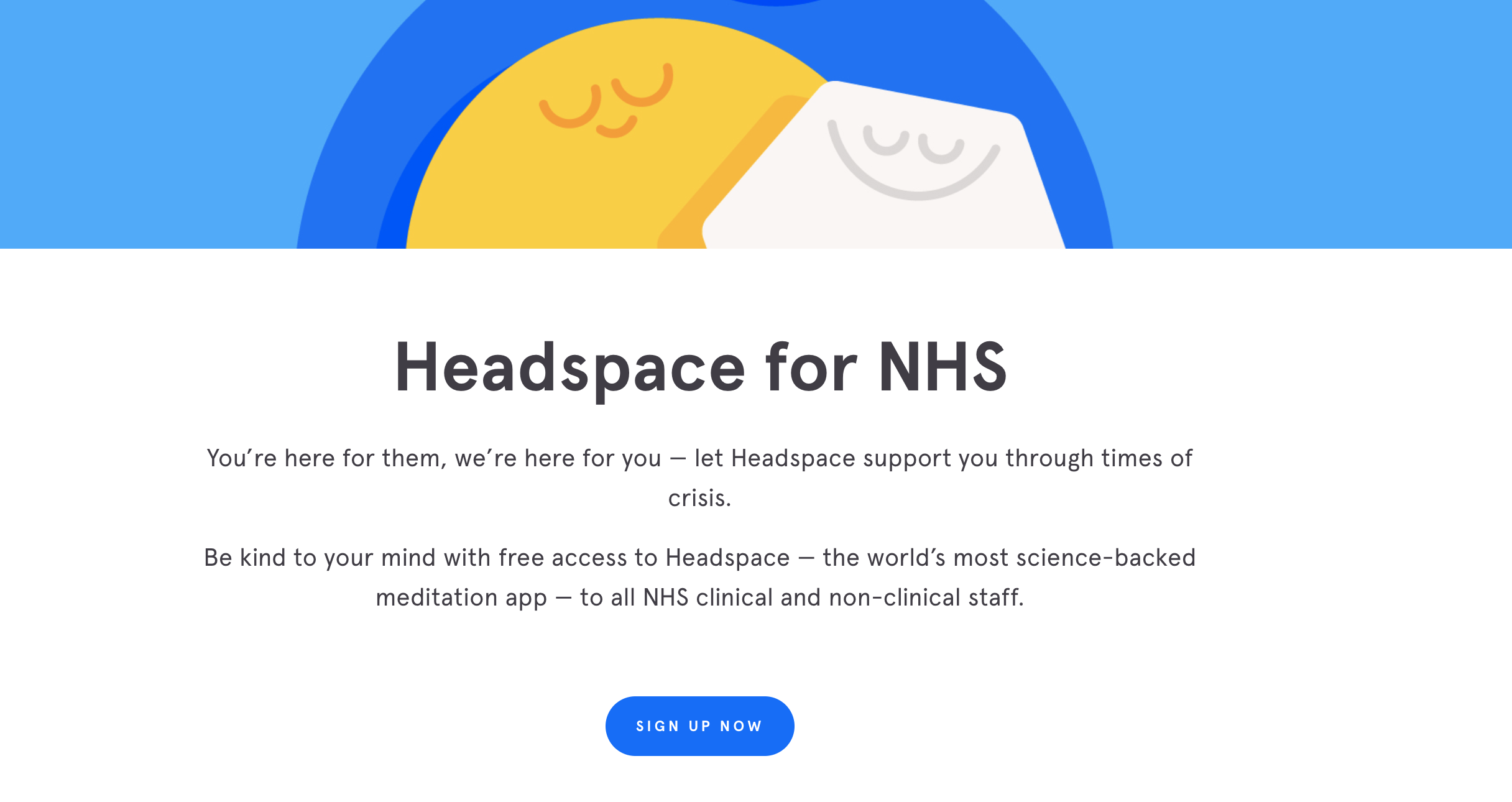In this week’s lecture it was emphasised how important it is to remain open-minded when researching.
We were shown a quote from James Webb Young, an american advertising executive. He wrote a popular book called “Techniques for Producing Ideas”. In this quote he says that in every creative person he knows, “There was no subject under the sun in which he could not easily get interested in” and “they were an extensive browser in all sorts of fields of information”. This quote explains that being an inquisitive and passionate person can aid your creative process and should be celebrated.
We were then told the importance of researching the raw data. In an example about food trucks for festivals, the type of questions we should be looking to find data for are:
- How many festivals are there in Ireland?
- Where are they located?
- How many people attend each festival?
- What’s the fee? £500, £1K, £2K?
- What kind of audience?
From this point we should also start to unpack the audience/demographic:
- What’s the demographic?
- What do they like? (What do they hate?)
- What do they read?
- Where do they shop?
- What do they spend?
Next we talked about ‘Needs-Driven Design’. An important part about the beginning of a design process is asking yourself these questions:
- Does the product you are designing needs to exist?
- What user needs are you solving?
- What user goals are you helping satisfy?
I understand that these are important questions to ask yourself, not only to keep you focussed and on the right track at the beginning of the process but also during the project design as a way of re-centering what is important.
We then were given a short task,
Find your local health centre’s website and see if you can find the following things…
- Opening hours
- GP’s registered with practice
- How to book an appointment
- How to order a prescription
Opening hours
Monday 8:30 – 17:30
Tuesday 8:30 – 17:30
Wednesday 8:30- 13:00
Thursday 8:30 – 17:30
Friday 8:30 – 17:30
Weekend closed
It took me 14.02 seconds to find the opening times, it was in the header/footer navigation.
GP’s registered
Dr Terry C Johnston
Dr Kathryn Potter and
Dr Lloyd Murty.
This took me 3 seconds to find and read, it was on main homepage and header/footer navigation.
How to book an appointment
“A Doctor is on call daily to triage. The receptionist should obtain as much information as possible from the patient. The triage Doctor may phone the patient back to discuss and decide if an appointment is needed.”
This took me 12 seconds to find and read it was in the header/footer navigation.
How to order a prescription
“Acute prescriptions can be ordered either by contacting the practice on 028867 62995 or in person at the reception desk.”
This took me 9.50 seconds to find and was also in the header/footer navigation.
Overall the information was easy to find as most subjects are in the navigation bar, however the website is very wordy and visually complex.
Competitor Analysis
Another important part of discover research is competitor analysis.
This allows you to identify strengths and weaknesses in similar products, understand your market, spot industry trends, set benchmarks for future growth.
For this we should be looking at direct and indirect competitors.
At this moment I am looking into the stresses on the NHS and how it affects the mental health of the staff. Therefore for my direct competitor research I looked into what the care NHS provide for their staff at the moment.
The NHS in England offers Mental Health and Wellbeing hubs. This isn’t a UK wide plan at the moment which means there is space for a product to do so.
These mental health hubs offer similar things that I was thinking my product could offer such as therapies and guidance. The main difference is that my product could be offered across the whole UK within the NHS.
Another direct competitor would be an app such as Headspace which offered NHS staff a subscription for free.
Mental Health care is a big industry at the moment an opportunities for gaps in the market are rare. My project idea has still not been decided and the fact that this industry is quite saturated has allowed me to take a step back and think of other possibilities.
Frame the Design challenge
Our design challenge was to create a product for the healthcare industry. To help us with idea generation it would be helpful to narrow down this quite vague brief. For this I looked back to IDEO’s Design Kit website and on their methods page they have a sections on “Framing you design challenge”.
This challenge involves following a series of steps to get the right frame on your challenge and get started on the right foot.
It is important that you’re questioning on if your challenge takes into account context and constraints and allows for solutions.
I focussed my frame your design challenge on the understaffing issues in the NHS as that is what my research has focussed on so far.
Step 1: Write down your design challenge in a way that should be short to remember. Using the phrase ‘How might we..’ helps to get you started.
Step 2: Explore and align on the goal you want to achieve with this design challenge
Step 3: Think about the audience. What are the constraints and context of their lives
Step 4: Look back on original question and refine it if necessary
Step 5: Come up with about 5 possible solutions- if you have framed your design challenge well it shouldn’t be very difficult.
At the end of this exercise I had a better idea of what I could do as a product idea and it has helped me refine this. I have more research into different sectors of healthcare so my ideas may change.







